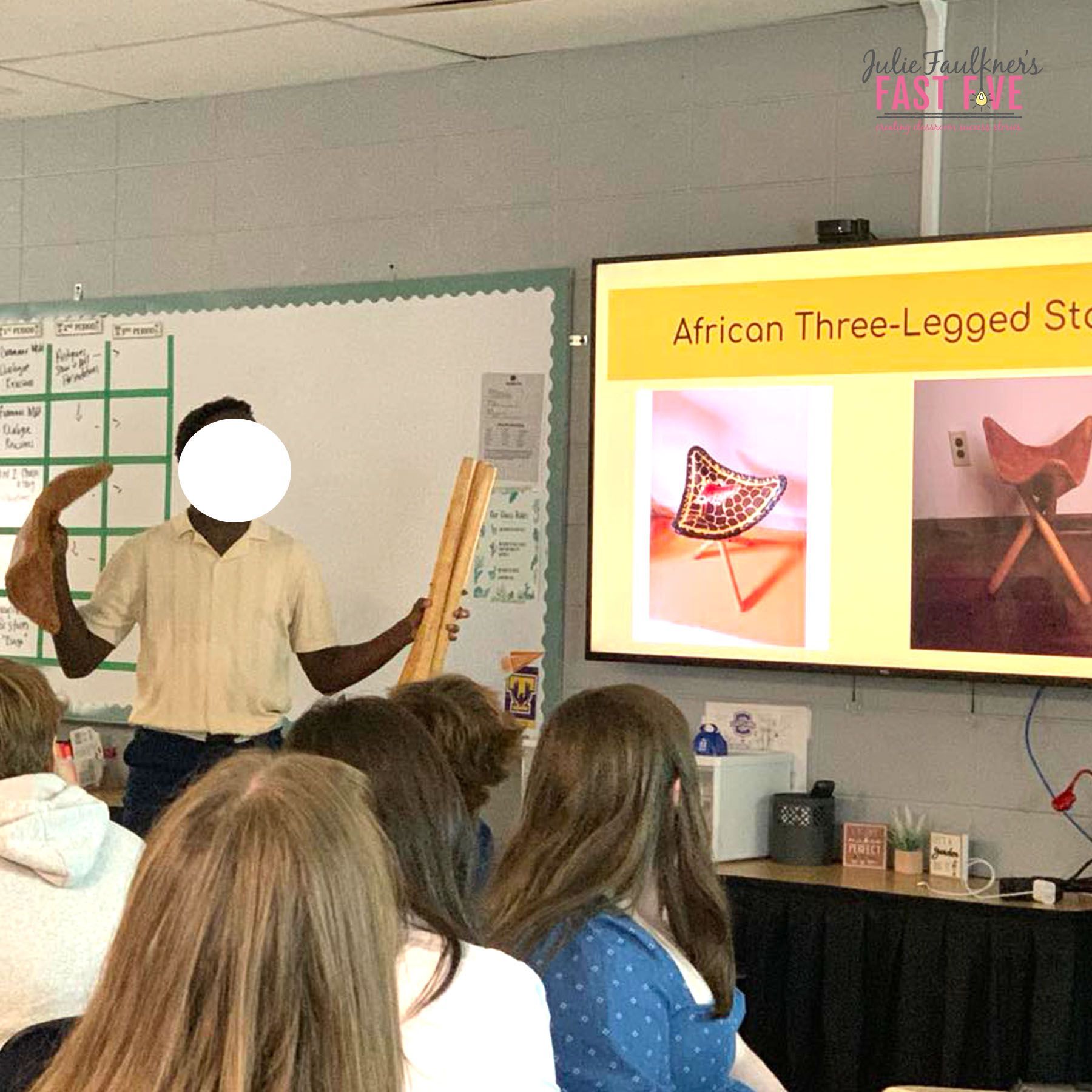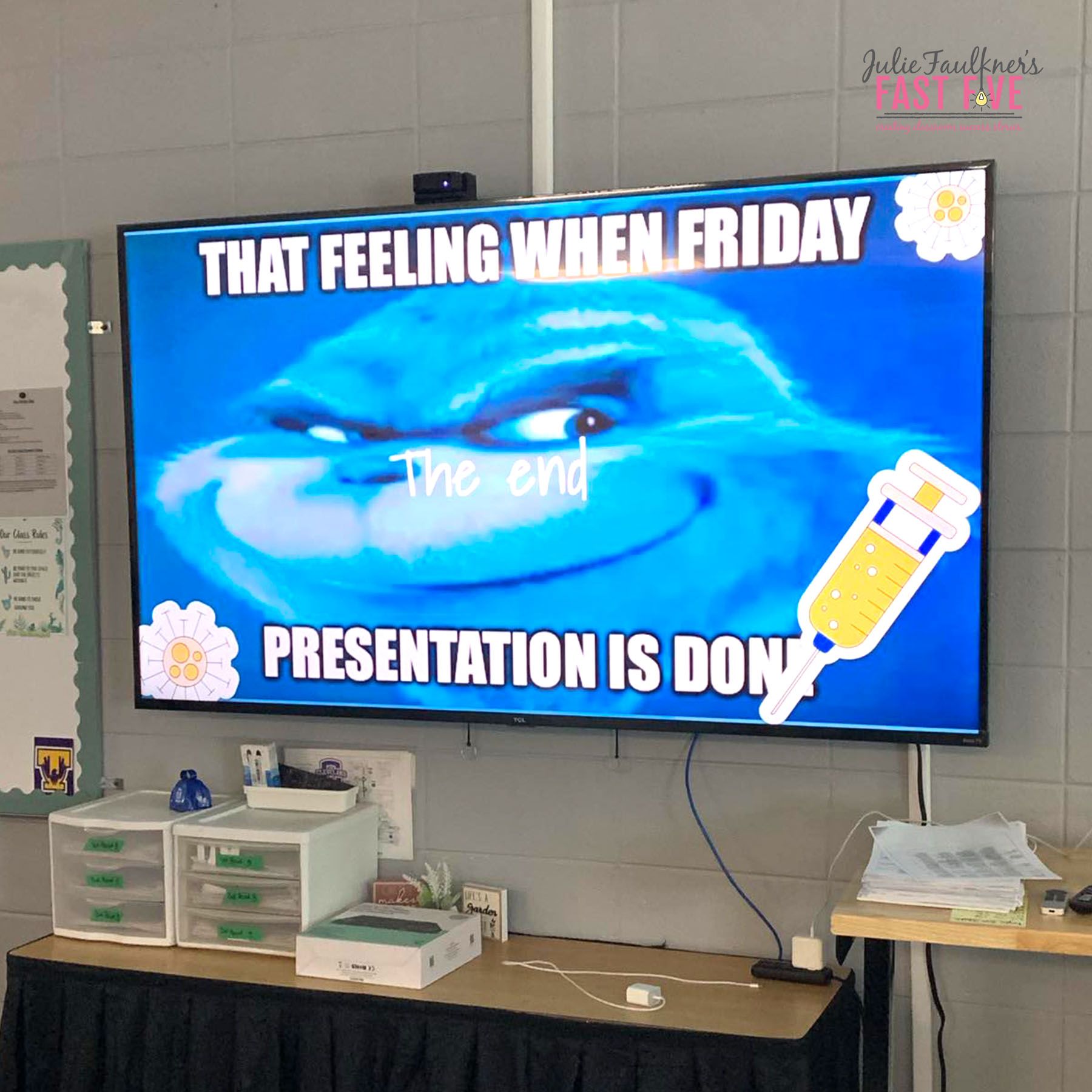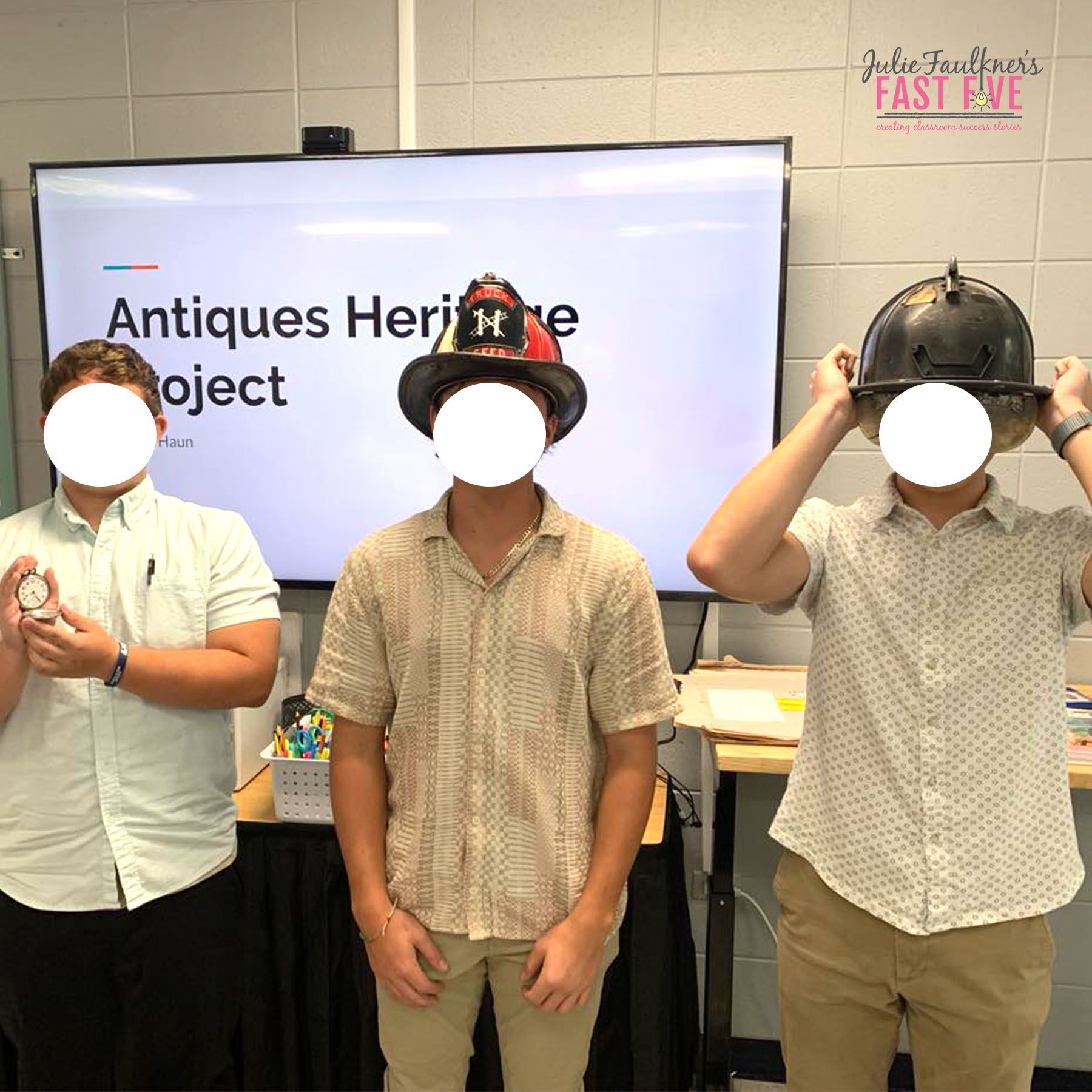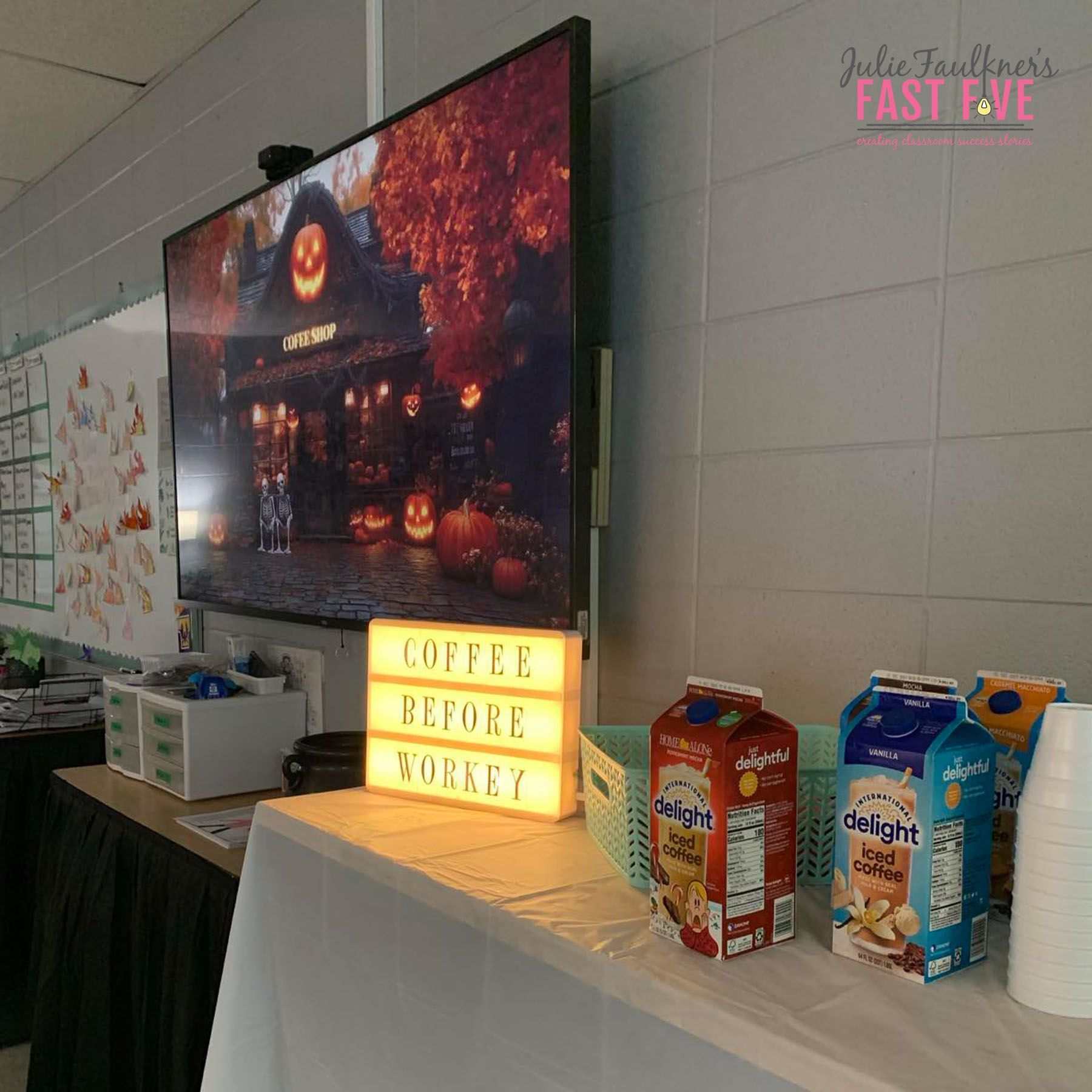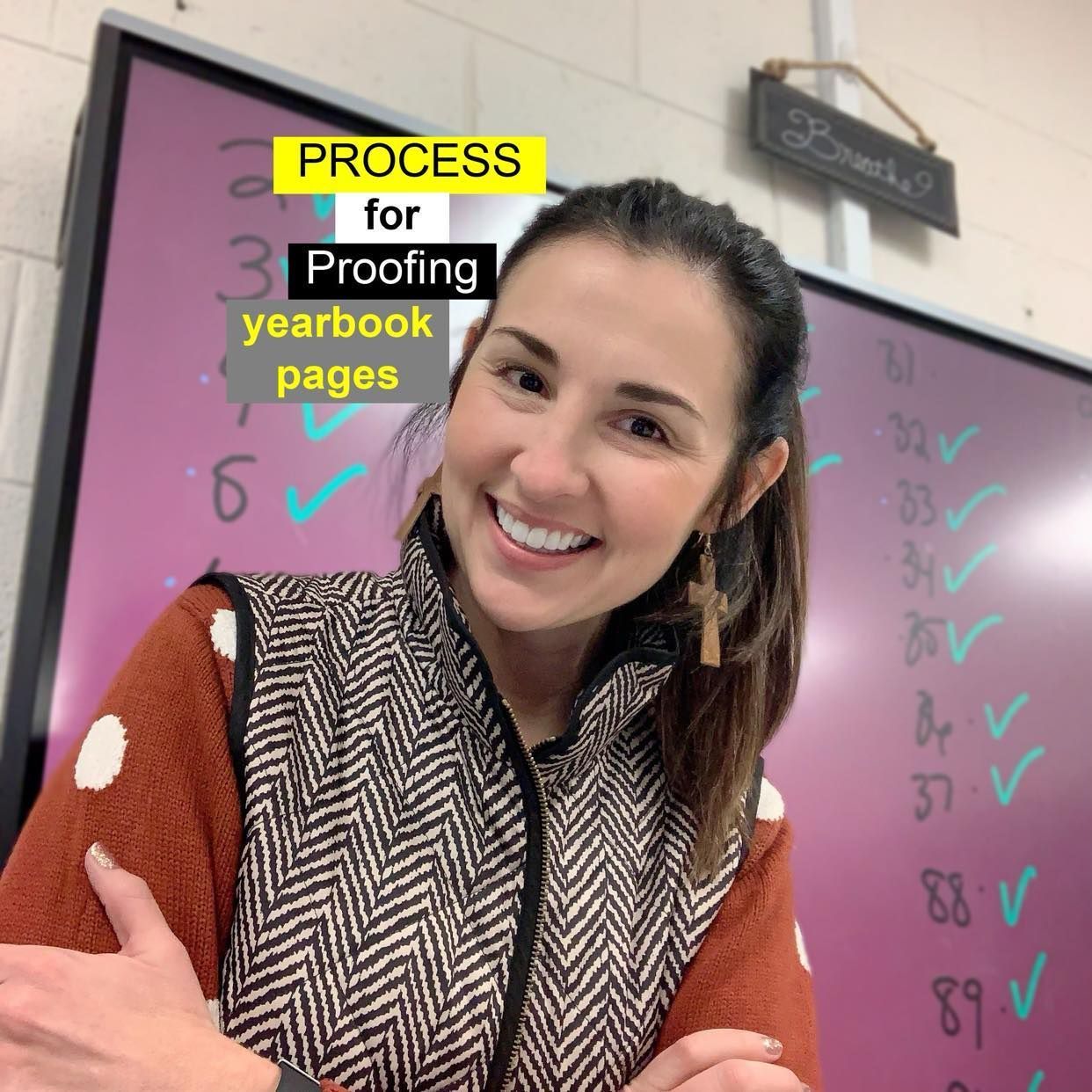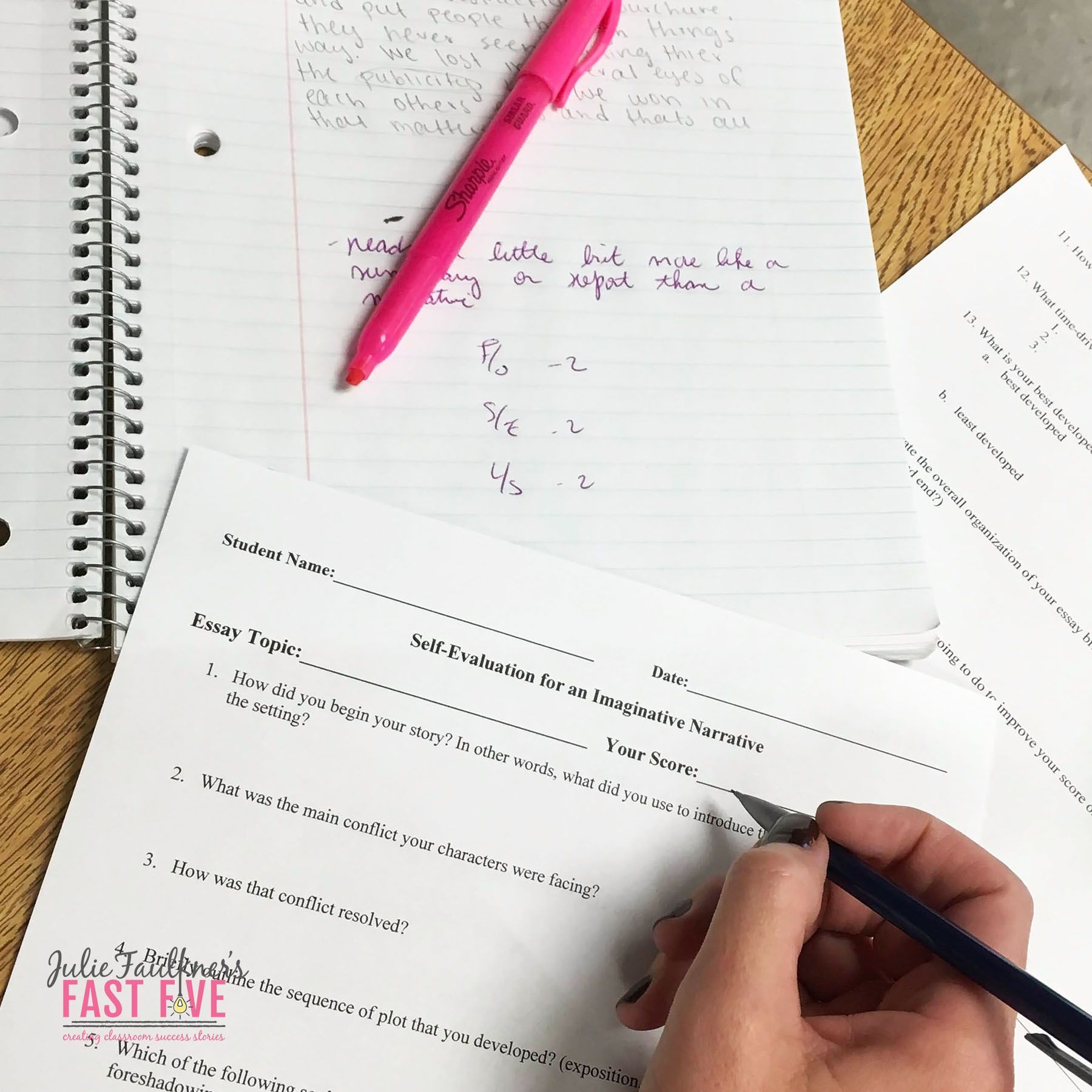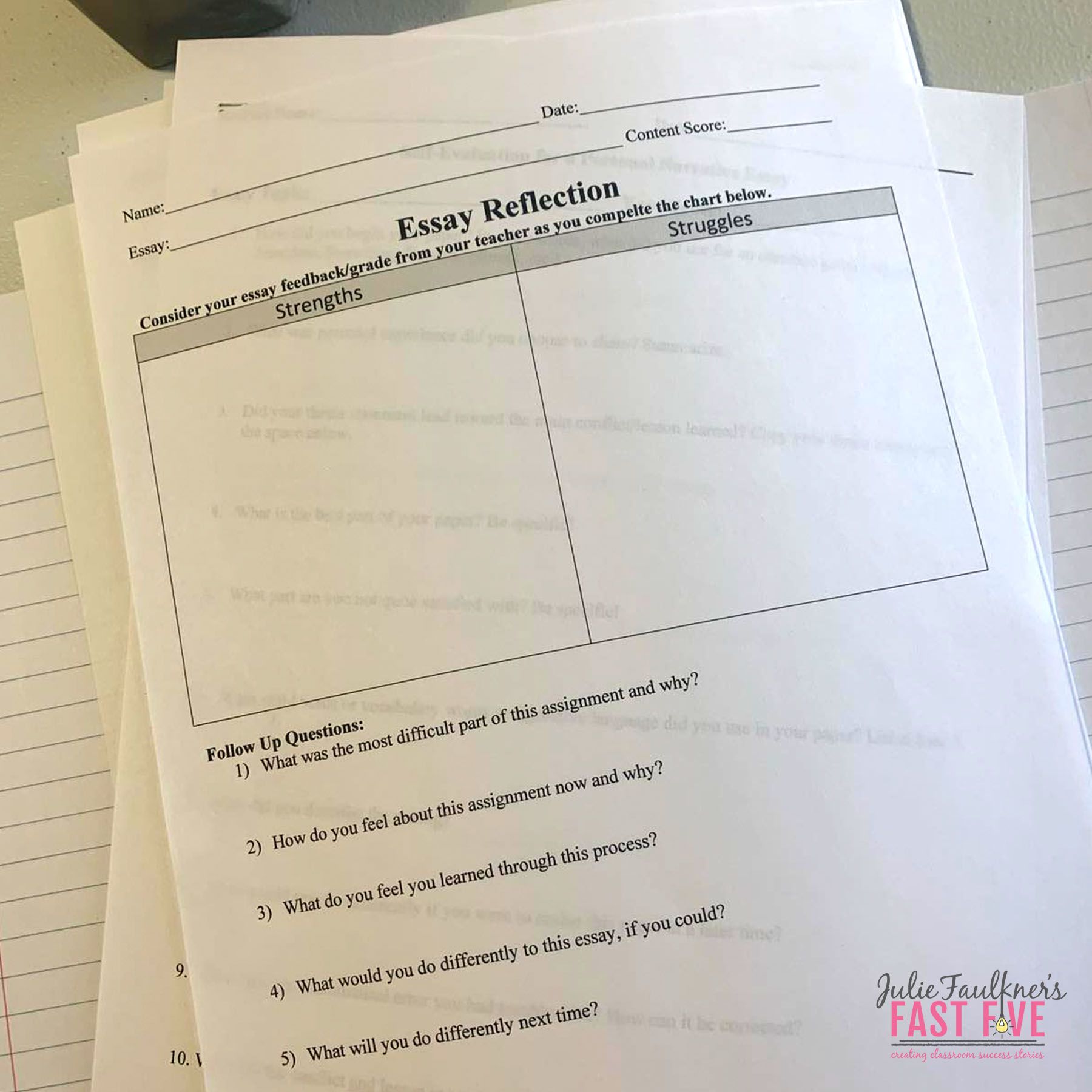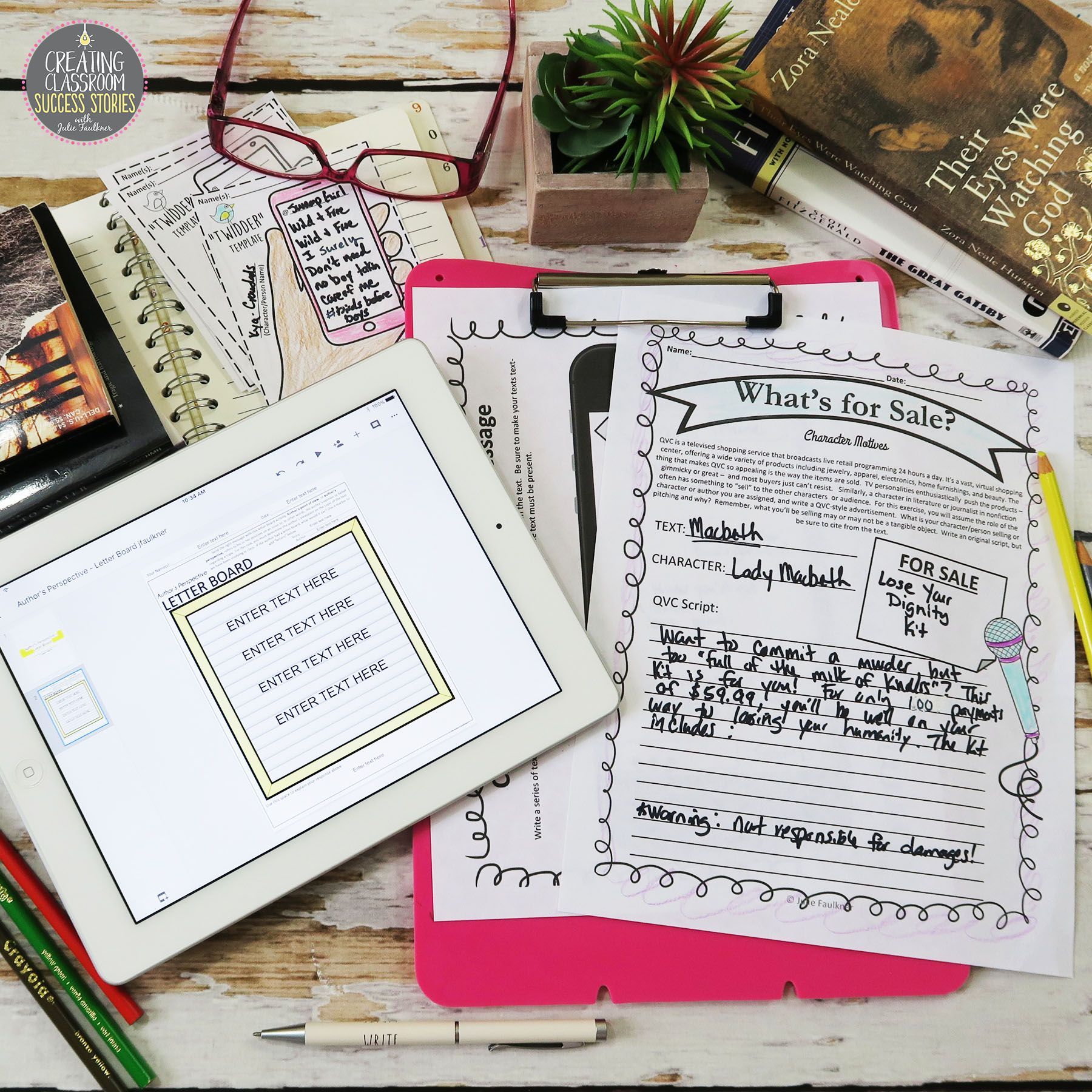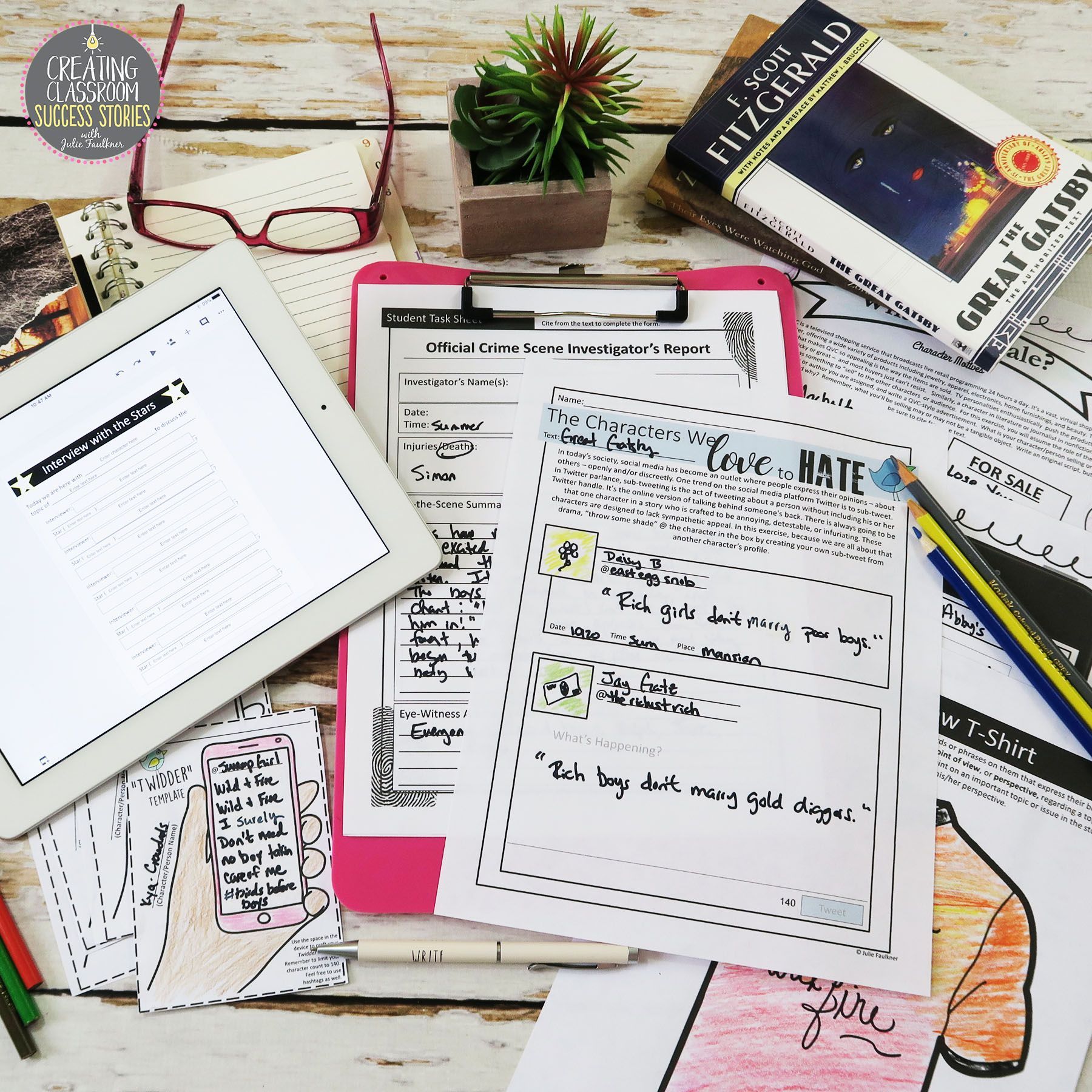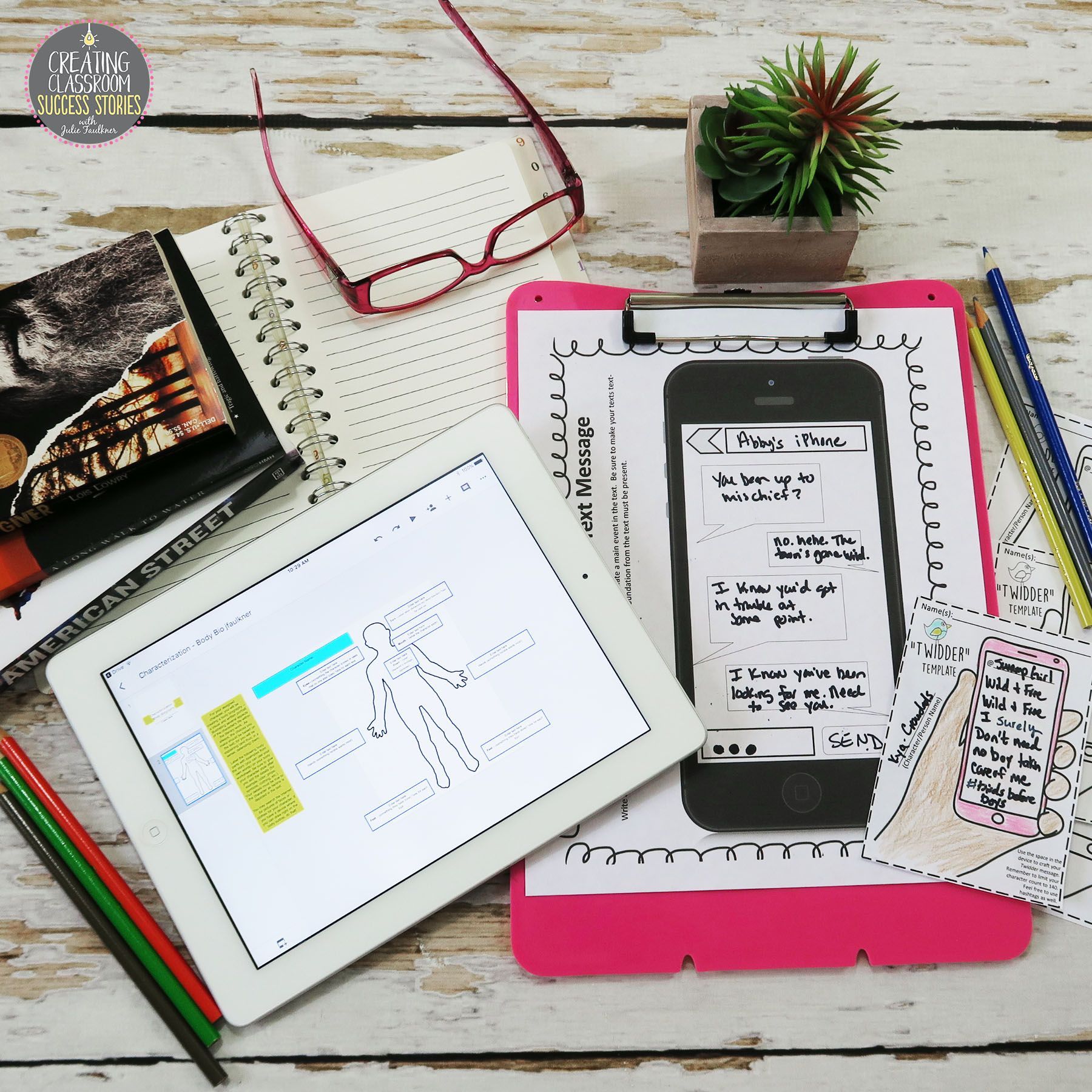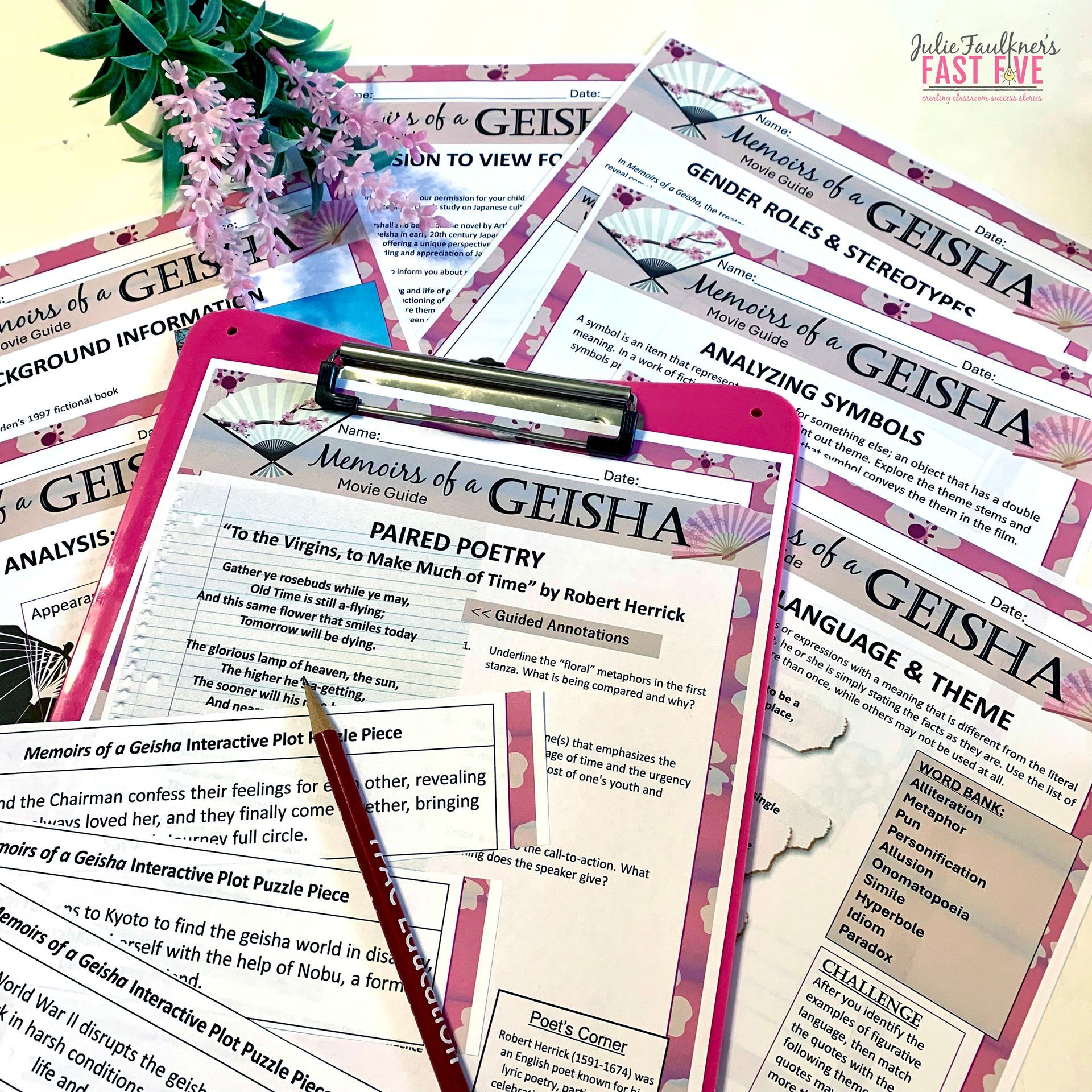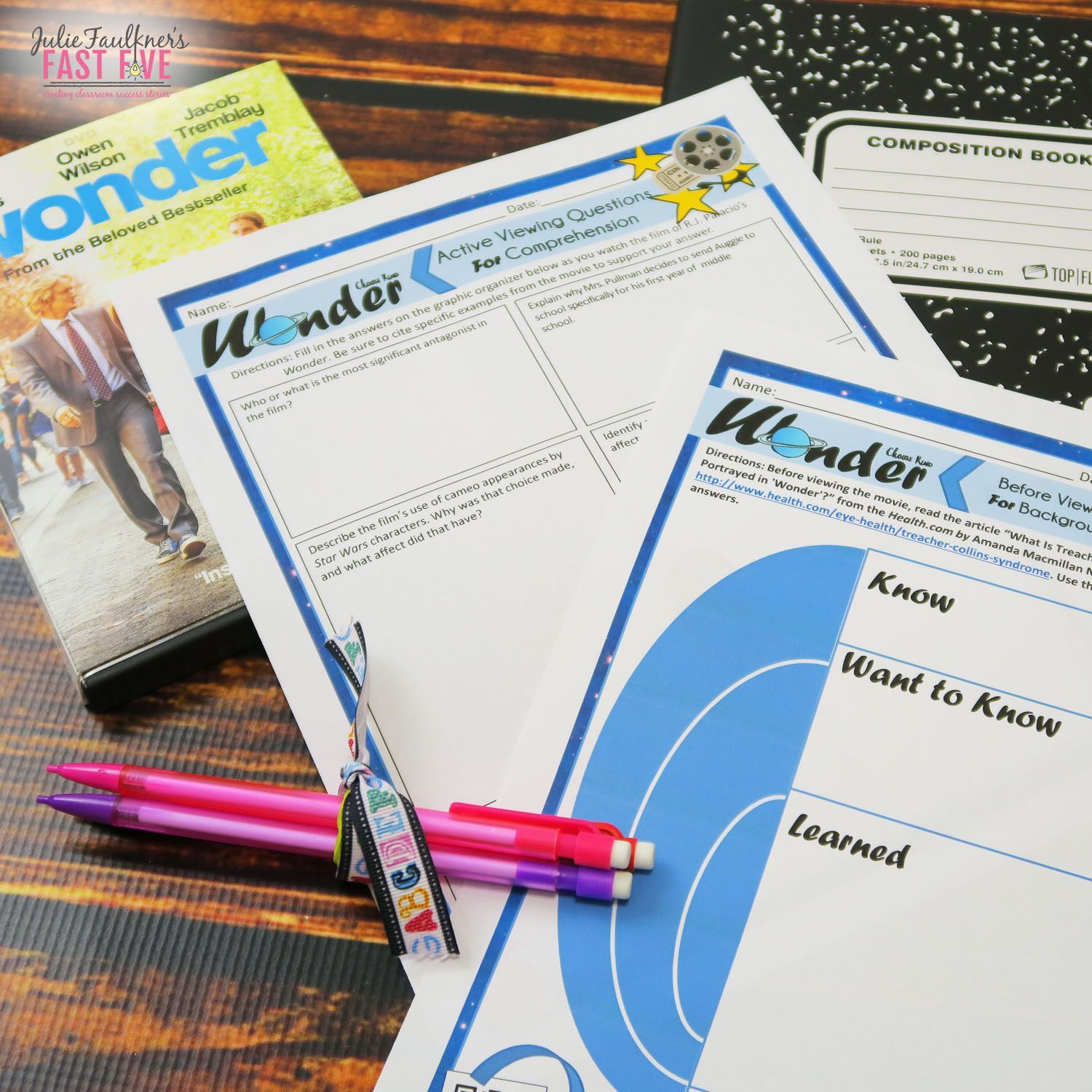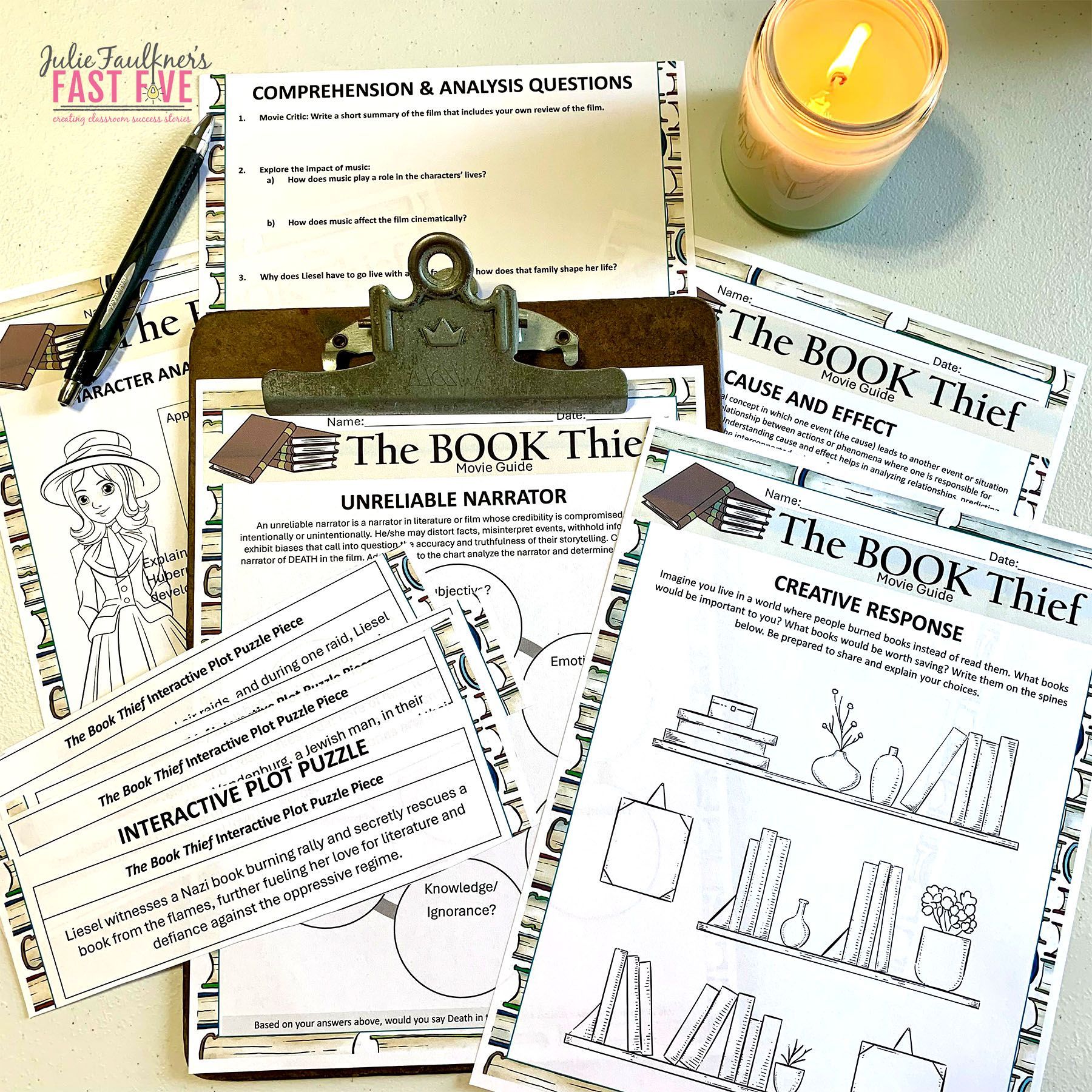Student-Centered Teaching Strategies: Engage Your Class Without the Stress
By Julie Faulkner
There are those times when "teachering" just isn’t optimal. What do I mean by that? "Teachering," as defined by me, involves delivering new material, expecting students to produce immediate results, or spending the entire class in direct instruction when students are already overloaded or overstimulated. These times include—but are not limited to—the days before or after a break, the holiday season, the week of a full moon, half days, or even the day after Halloween. During these moments, the best approach is to shift the focus away from you and onto your students. Let them lead, apply what they’ve already learned, reflect on their progress, and take ownership of their work.
This hands-off teaching strategy creates a structured yet low-stress classroom environment where students stay calm, focused, and productive.
Why Shift the Focus?
Students need time to process, practice, and internalize the material they’ve been working on throughout the semester. Constantly introducing new material or pushing a fast pace can lead to burnout—for both you and your students. By using student-led learning techniques, you not only keep students engaged but also foster critical thinking, independence, and accountability.
For teachers, this approach allows you to take a step back. It’s a low-prep way to engage students while still maintaining high expectations. Plus, it minimizes classroom chaos and keeps things admin-friendly, making these strategies perfect for those "sticky" times during the year.
5 Hands-Off Teaching Strategies That Work
1) Research and Presentations
Research projects are a great way for students to explore topics in-depth and showcase their knowledge. Whether they work individually or in groups, this activity allows students to dive deeper into areas of interest while honing their research and communication skills. Whether they are working on a project you've assigned, or they are prepping to "be the teacher" for a day, letting students "takeover" is always sure to produce strong engagement.
Why It Works:
- Encourages independence and ownership of learning.
- Students practice critical thinking and organizational skills.
- Presentations engage the class and allow for peer-to-peer learning.
- If you choose to all groups, it gives students the chance for collaboration.
- We know it's true that if you can teach something, it means you know it well. This is a perfect strategy for review!
- Students spend several days researching and several days presenting. Win!
Pro Tip: Provide students with guiding questions or a checklist to ensure their research stays focused and meets your standards. This way grading is done in the moment -- no extra work for you when presentations are done! See my full catalog of no-prep short research projects that include everything you need.
2) Work Days
Dedicate a class period or two to letting students catch up on projects, essays, or assignments. These focused work sessions are a great way to show students you value their time and effort.
Why It Works:
- Keeps students productive without adding to their stress.
- Provides time for one-on-one conferences with students who need support.
- Helps reduce the pile of incomplete assignments for both you and your students.
Pro Tip: Set clear expectations at the start of the period and consider using a timer and a checklist on the board to help students manage their time effectively. See what I do here how I transform my classroom into a coffee shop on Instagram.
*If you are a yearbook advisor thinking of hosting a work day, watch my process for proofing yearbook pages.
3) Peer-to-Peer Feedback and Self-Reflection
Allow students to assess each other’s work or reflect on their own progress. Peer review sessions are particularly effective for writing, while self-reflection can be used for almost any subject.
Why It Works:
- Students build communication and collaboration skills.
- Encourages metacognition and self-improvement.
- Creates a supportive classroom community and positive classroom environment.
Pro Tip: Provide a rubric or checklist for peer reviews to keep feedback constructive and aligned with learning goals. Grab my FREE self-evaluation forms here.
4) Creative Assignments
Inject some creativity into your classroom by assigning projects like writing a short story, creating a poster, or designing an infographic. These assignments allow students to demonstrate understanding in a way that feels less formal but is still academically rigorous.
Why It Works:
- Engages different learning styles.
- Encourages students to connect their learning to real-world applications.
- Offers variety in assessment methods, which keeps things fresh and fun.
Pro Tip: Display student work on a bulletin board or online platform to celebrate their efforts. Grab my pack of Creative Activities for any Text that make beautiful classroom displays!
5) Movie Days (or Other Media) With Purpose
A movie day doesn’t have to mean a “free day.” Choose a film or podcast that ties into your curriculum, and include guided questions or a discussion afterward to reinforce learning.
Why It Works:
- Provides a mental break while staying aligned with standards.
- Engages students in visual and auditory learning.
- Encourages critical thinking and analysis through during and after listening/watching activities.
Pro Tip: Pick a movie adaptation of a book or a documentary related to your subject area for maximum impact. Check out my growing collection of ready-made movie guides here.
*Read my blog post on using movies in your classroom with purpose here.
**FREE list of so many podcast suggestions with teaching ideas and link to no-prep worksheets.
Conclusion
December—or any high-energy time—is the perfect moment to try these hands-off teaching strategies. A few other ideas include guest speakers, review games, online platforms skills practice, and even field trips! These student-led learning techniques keep students engaged, productive, and focused while giving you a break from the usual grind. With a little prep ahead, these low-stress, standards-based ideas help students take the reins, practice essential skills, and demonstrate their understanding. The best part? You’ll leave the day feeling rested, and you won’t have a mountain of grading waiting for you at home. So, the next time you’re stuck in that “sticky” season, remember: good teaching doesn’t always mean you have to "teach."





